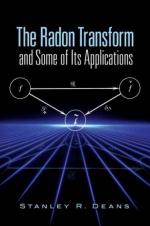|
This section contains 770 words (approx. 3 pages at 300 words per page) |

|
Radon is an odorless, colorless, radioactive, though chemically unreactive gas. It has an atomic number of eighty-six, which corresponds to the number of protons found in the nucleus of any isotope of radon. There are more than thirty known isotopes of radon, and each one emits some combination of alpha, beta, and gamma radiation when undergoing radioactive transformation, commonly referred to as "decay."
 Pathway for Radon Entering the Home (Adapted from Texas A & M University.)
Pathway for Radon Entering the Home (Adapted from Texas A & M University.)
Radon gas is ubiquitous in the natural environment. This is because the precursors to radon, such as the aforementioned radium isotopes, and others such as radium, thorium, and uranium isotopes, are present in some rock formations. Radon is also found in the man-made environment because many of the materials, consumer products, and foodstuffs of everyday life come from the naturally radioactive environment.
Radon is one of the few examples in nature of a...
|
This section contains 770 words (approx. 3 pages at 300 words per page) |

|


